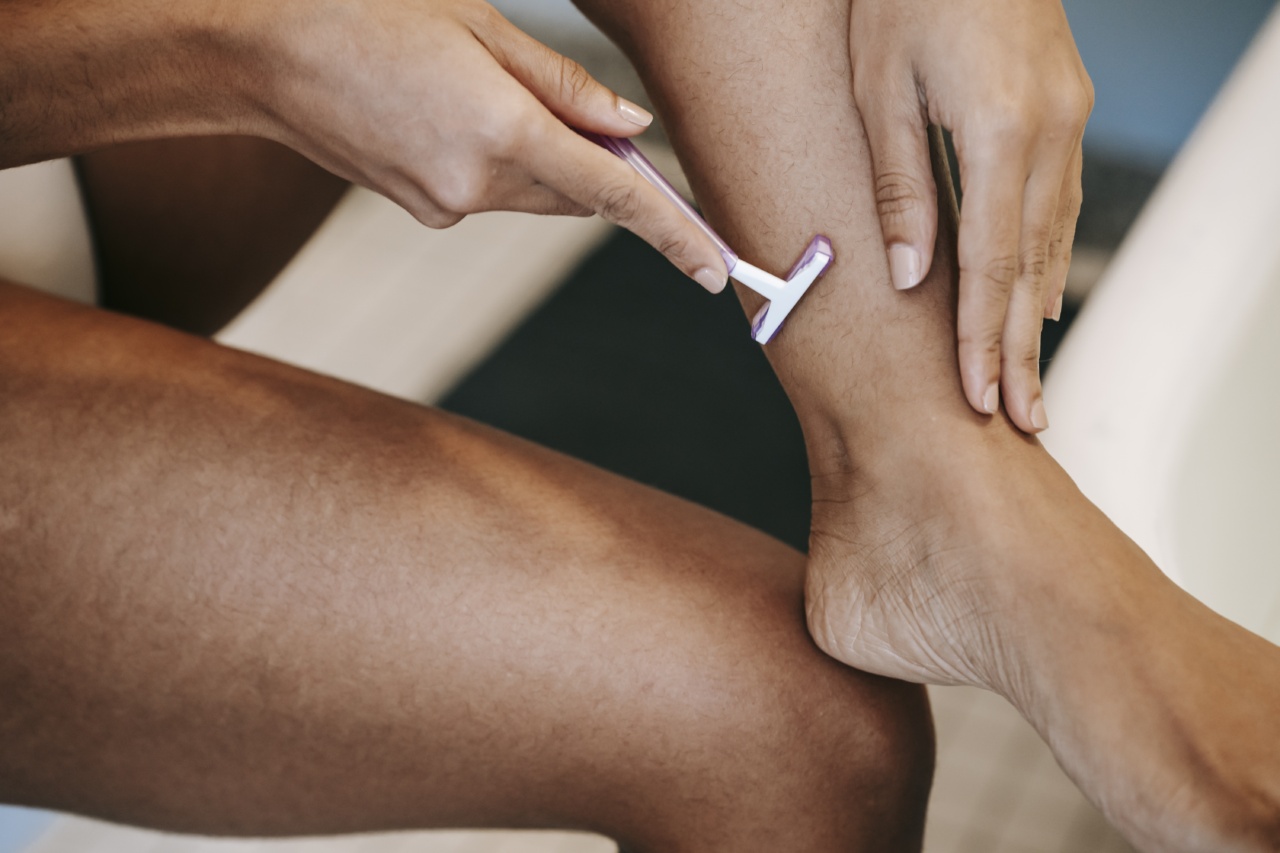Anal stretch marks and hemorrhoids are two common conditions that affect the anal area, leading to discomfort and potential complications. While they may share some similarities, there are distinct differences between these two conditions.
This comprehensive comparison will help you understand the causes, symptoms, treatments, and preventive measures associated with both anal stretch marks and hemorrhoids.
What are Anal Stretch Marks?
Anal stretch marks, also known as anal fissures, are small tears or cracks in the lining of the anus.
These tears can occur due to excessive stretching of the anal muscles during activities like anal intercourse, passing large or hard stools, or chronic diarrhea. Factors like constipation, inflammatory bowel disease, or trauma to the anal area can also contribute to the development of anal stretch marks.
Symptoms of anal stretch marks include:.
- Pain or discomfort during bowel movements
- Bright red blood on toilet paper or in the toilet bowl
- Itching or burning sensation around the anus
Understanding Hemorrhoids
Hemorrhoids, on the other hand, are swollen blood vessels located in the rectal area. They can be internal or external, and may develop due to excessive pressure on the anal and rectal blood vessels.
Factors like straining during bowel movements, pregnancy, obesity, chronic constipation, or heavy lifting can contribute to the development of hemorrhoids.
Symptoms of hemorrhoids include:.
- Pain, itching, or discomfort around the anus
- Bleeding during bowel movements
- Swelling or lumps around the anus
- Leakage of feces
Differentiating Anal Stretch Marks from Hemorrhoids
While anal stretch marks and hemorrhoids may exhibit some similar symptoms like pain or bleeding, there are certain characteristics that can help differentiate between the two:.
1. Location:
Anal stretch marks are primarily located in the lining of the anal canal, whereas hemorrhoids can be both internal and external, with external hemorrhoids appearing as swollen lumps or bulges around the anus.
2. Appearance:
Anal stretch marks typically present as small tears or cracks in the skin, whereas hemorrhoids may appear as swollen, purple or bluish bumps or lumps.
3. Causes:
Anal stretch marks are often caused by excessive stretching or trauma to the anal muscles, while hemorrhoids are primarily caused by increased pressure on the rectal blood vessels.
4. Symptoms and discomfort:
While both conditions may cause pain or discomfort, anal stretch marks can be more painful, particularly during bowel movements. Hemorrhoids can cause itching and discomfort, but severe pain is often associated with thrombosed external hemorrhoids.
Treatment Options for Anal Stretch Marks and Hemorrhoids
Effective treatment strategies for anal stretch marks and hemorrhoids depend on the severity of the condition and individual symptoms. Here are some common treatment options:.
Treatment for Anal Stretch Marks:
- Sitz baths: Soaking the anal area in warm water for 10-15 minutes several times a day can promote healing and provide relief.
- Topical ointments or creams: Over-the-counter or prescribed topical medications can help reduce pain and accelerate the healing process.
- Dietary changes: Consuming a high-fiber diet and staying hydrated can soften stools, making bowel movements less painful.
- Pain medication: Over-the-counter pain relievers like acetaminophen or ibuprofen can alleviate pain and discomfort.
- In severe cases, surgical intervention or botulinum toxin injections may be necessary.
Treatment for Hemorrhoids:
- Topical medications: Over-the-counter creams or ointments containing hydrocortisone or witch hazel can provide relief from itching and discomfort.
- Sitz baths: Similar to anal stretch marks, soaking in warm water can help reduce inflammation and promote healing.
- Witch hazel pads: Applying witch hazel pads to the affected area can provide temporary relief from symptoms.
- Hemorrhoid banding: This procedure involves placing a rubber band around the base of the hemorrhoid to cut off its blood supply, causing the swollen tissue to shrink and fall off.
- Infrared coagulation: This non-surgical procedure uses infrared light to cauterize and shrink the hemorrhoid.
- In severe cases, surgical options such as hemorrhoidectomy or hemorrhoid stapling may be recommended.
Prevention Measures for Anal Stretch Marks and Hemorrhoids
Both anal stretch marks and hemorrhoids can often be prevented by following certain preventive measures. Here are some tips to reduce the risk of developing these conditions:.
Preventing Anal Stretch Marks:
- Avoid excessive anal stretching during activities like anal intercourse.
- Manage constipation by incorporating a high-fiber diet, drinking plenty of water, and exercising regularly.
- Avoid straining during bowel movements by adopting proper toilet habits (e.g., not sitting on the toilet for extended periods) and using a stool softener, if necessary.
- Avoid using harsh toilet paper or wiping vigorously.
Preventing Hemorrhoids:
- Adopt a high-fiber diet to soften stools and promote regular bowel movements.
- Stay hydrated to prevent constipation.
- Avoid excessive straining during bowel movements.
- Exercise regularly to promote healthy bowel function and prevent obesity.
- Avoid sitting or standing for prolonged periods, as this can increase pressure on the rectal area.
- Avoid lifting heavy objects frequently.
Conclusion
While both anal stretch marks and hemorrhoids can lead to discomfort and inconvenience, understanding their differences is crucial for proper diagnosis and treatment.
Anal stretch marks are tears or cracks in the anal lining, often caused by excessive stretching or trauma to the anal muscles, while hemorrhoids are swollen blood vessels in the rectal area due to increased pressure. By recognizing the distinct symptoms, seeking appropriate treatment options, and implementing preventive measures, individuals can effectively manage and reduce the occurrence of both anal stretch marks and hemorrhoids.































